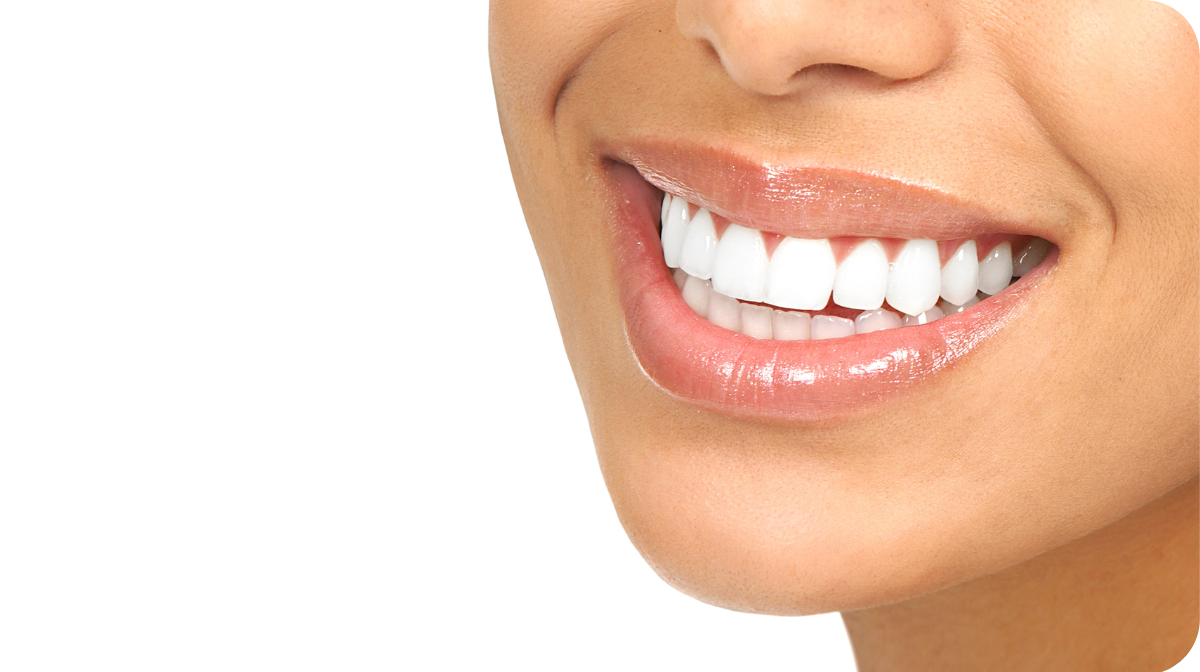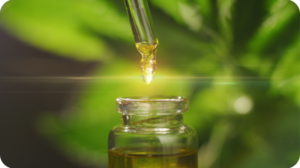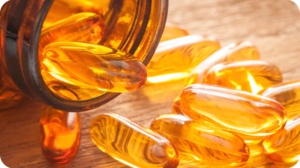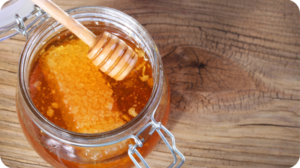When most people hear “oral test,” they think of a college exam that doesn’t involve writing answers down. But there’s a relatively new technology, called “oral microbiome testing” that you don’t need to study for, but that just may spare you cavities, gum disease, and even major health conditions.

What is the Oral Microbiome?
Like the “gut biome,” your oral microbiome is a constellation of beneficial bacteria, viruses, and fungi. In fact, it contains only slightly less microorganism diversity than your gut does. It is just as important. A healthy microbiome predigests food in the mouth, plays a role in a stable and functioning immune system, can kill disease-causing bacteria, and can even produce essential vitamins. When destructive microbes and microorganisms enter your dental environment, the opposite of all that can happen.
Many factors can degrade microbiome health, from excessive drinking, to improper dental care, and even pregnancy. One of the most powerful influences on the oral microbiome is what experts aptly call the “SAD,” or standard American diet. That way of eating is high in processed foods, refined sugar, and chemicals—all of which can have a negative impact on the oral microbiome.
Not only can an unhealthy microbiome lead to cavities, gingivitis, and bad breath, it can impact all health in the body. In fact, recent studies have pointed toward links between a deficient microbiome and conditions such as IBS. Destructive pathogens that survive in the mouth may even contribute to Alzheimer’s disease.
Until recently, few people had even heard of the oral microbiome. In fact, few dentists ever concerned themselves with its importance. That’s changed with the advent of widely available oral testing kits.
The Test
Some dentists offer these tests as part of their services. At this point, though, it’s easier to buy a home test kit. Not only is that option more convenient for most people, it also allows you to collect your sample right after you wake up, and before you alter your microbiome with food or something like mouthwash. This will give you a true picture of how robust your oral microbiome really is.
There are currently only a few companies offering oral microbiome tests. All the tests are relatively easy to use, with quick turnaround and reliable results. It’s wise to test regularly, and in the event of any major life change, such as the diagnosis of a serious disease.
In most cases, you simply spit into a tube, add the supplied medium, seal the tube securely, and send it back to the lab. You’ll have results within two weeks.
Acting on Results
If your results are ideal, congratulations! Many people, though, are going to be surprised at the room for improvement that the test results reveal. Fortunately, there are several changes you can make to improve your oral microbiome.
- Sugar blast. If you must eat refined sugar over the course of the day, do it all at one time. Grazing from the office candy cabinet throughout the day, or having a mid-morning, lunch, and mid-afternoon soda, creates an ongoing oral environment that is detrimental to a healthy microbiome. Better to eat your sweets at one sitting. Better still to brush right after.
- Mix with water. Whenever you eat or drink something acidic or rich in sugar, drink water with it. This will maintain healthy oral pH and reduce the damage done to your microbiome.
- Go green. Leafy greens, broccoli, and other cruciferous vegetables will help keep your oral environment at the correct pH … and supply a range of other health benefits in the process.
- Probiotics. Just as you can take probiotics for your gut health, you can supplement with oral probiotics. You should match the type of probiotics to indications from your oral test. Buy a reputable brand, and a product that has been certified through an independent, third-party testing lab. Choose a dose of 1 billion CFUS or higher, and chew the probiotics for best effect.
- Dental hygiene. If you don’t floss, start. The best dental hygiene involves flossing and brushing twice a day. Rinse with a 50-50 mix of hydrogen peroxide and an alcohol-free mouthwash. Bonus points for buying and using a power water flosser.
This new frontier in health is an excellent preventative tool, and proof positive that what’s already living inside your mouth is just as important as what you put in it.
Share some love if you like this post!





